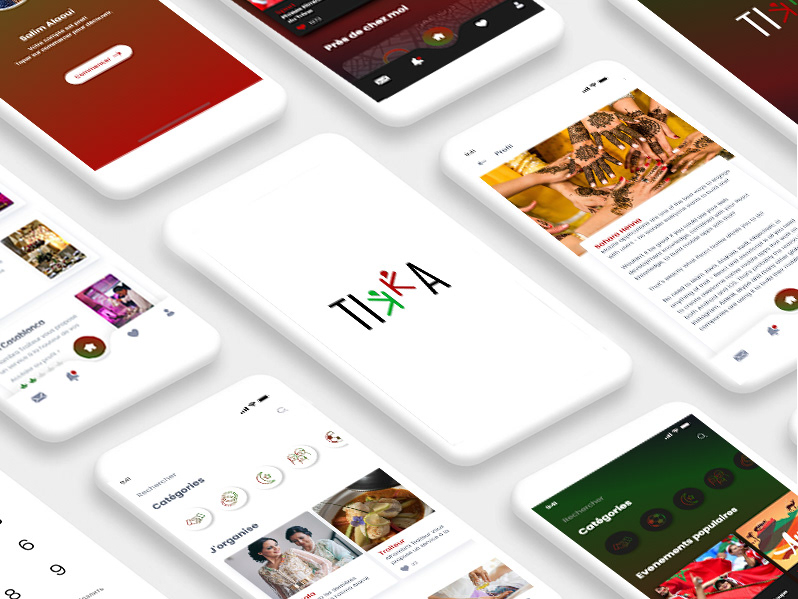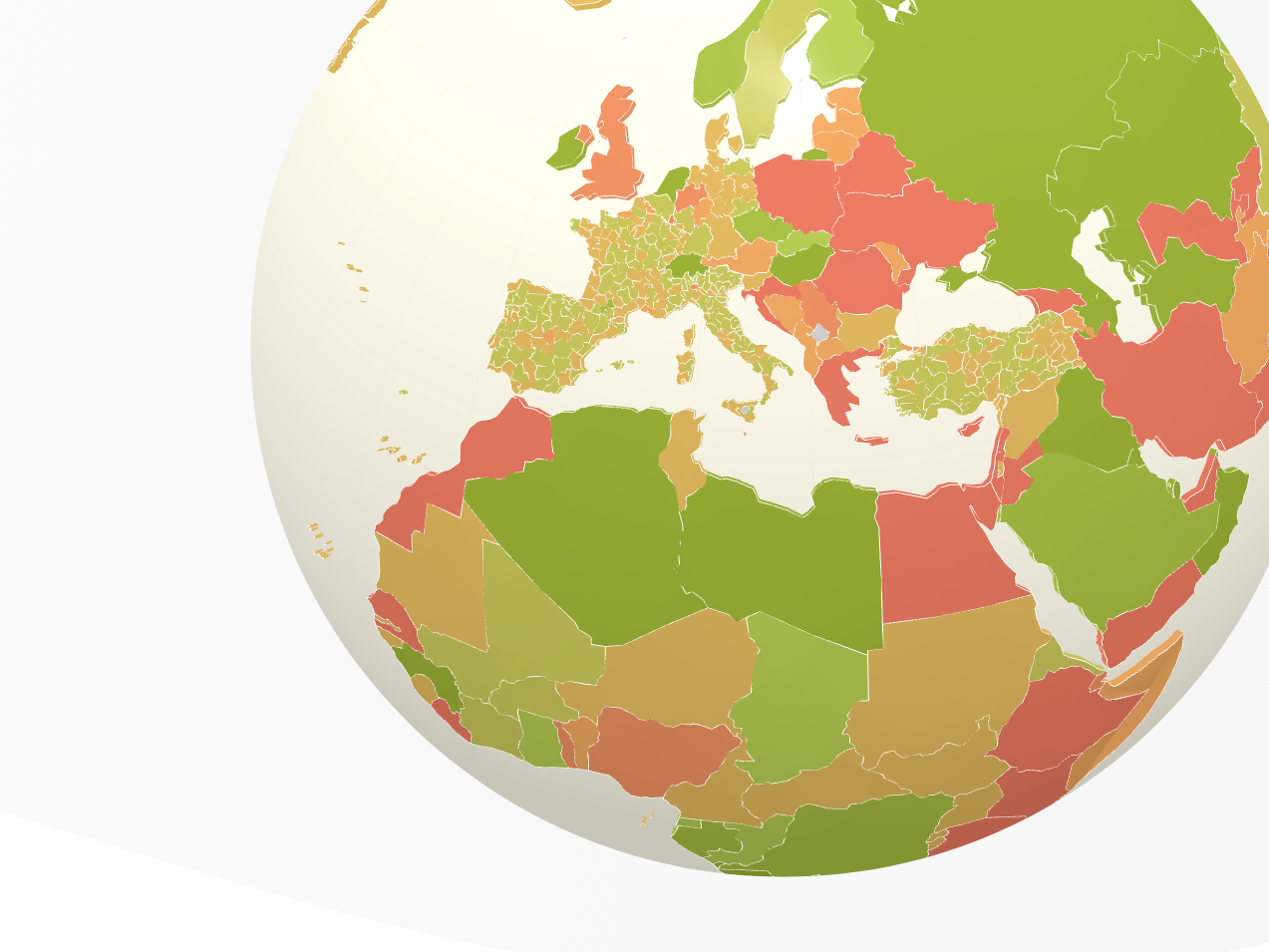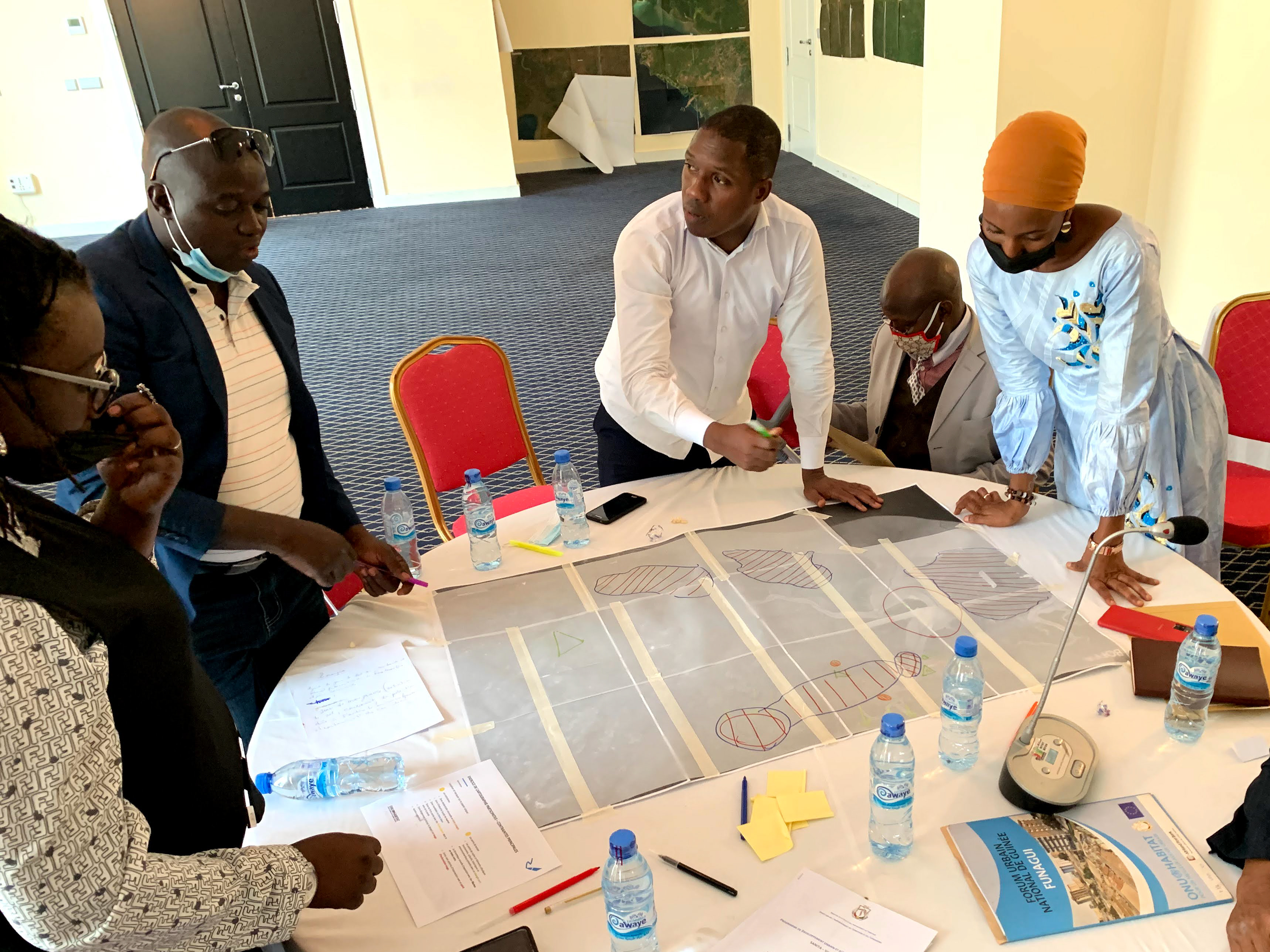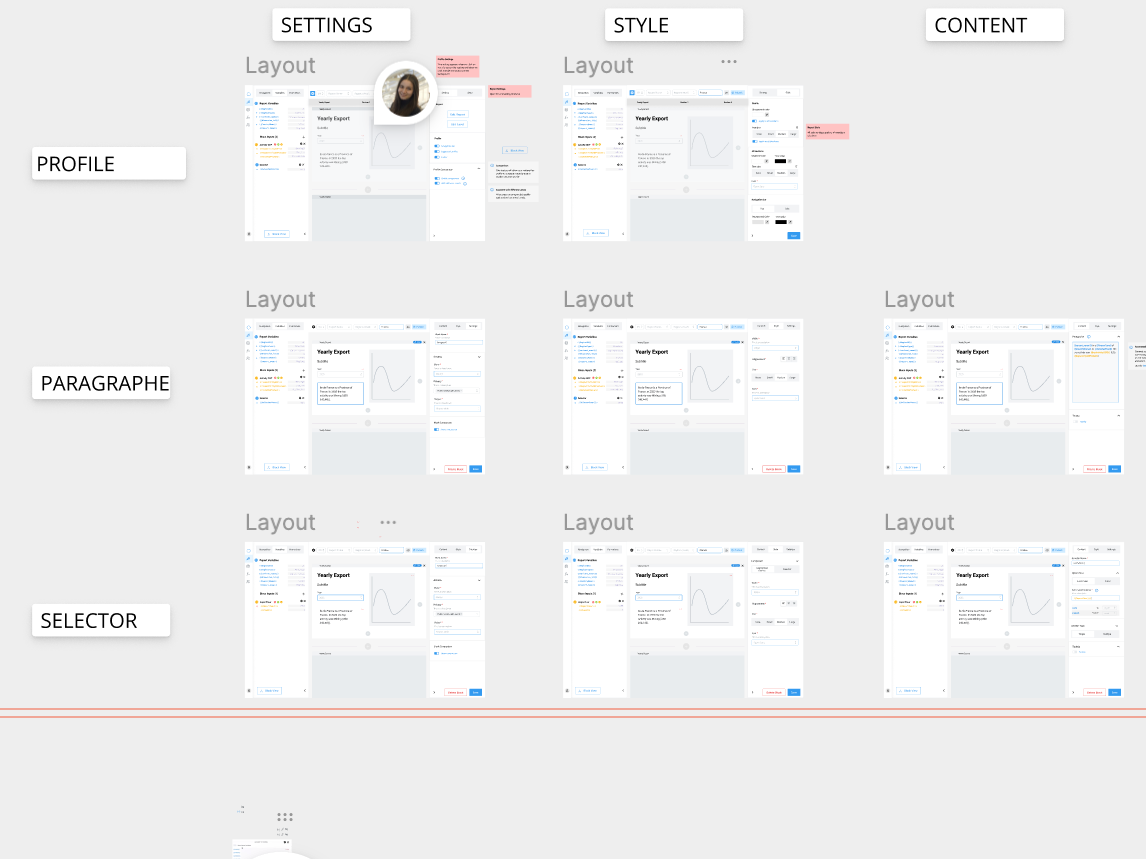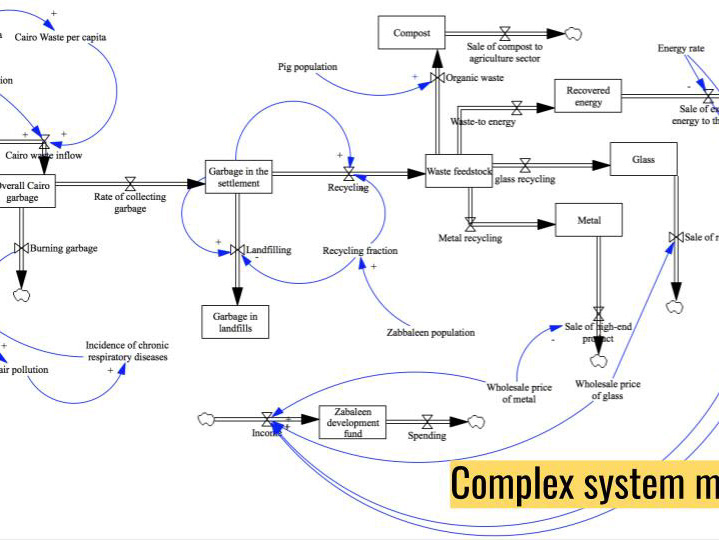It affects every continent and was listed in 2019 by the World Economic Forum as one of the largest global risks in terms of potential impact over the next decade.
In the case of Mexico-City, we gonna observe those forces are highly stressed.
beyond political boundaries where public utilities operate
Rural exodus and extreme inequality
(0.48 GINI coefficient) = slum dwellers in the city periphery
In diverse areas: rain harvest (landscape / domestic), water storage, water treatment (industrial / commercial / domestic), water reuse, alternative water supply (water bottles / water trucks), etc.
during 4 months wet season (expected to increase with climate change). The city is extremely vulnerable to flood
With heavy pumping: over 297% exploitation rate
multiple stakeholders suppliers (who bear the costs) run on gov allocated budget don’t have decision making power (price of water)
that are not reflective of the unequal cost of water supply
with no capital for reparation or maintenance = pipes over 60 years old
“water as a public right so it should be managed my public institutions”
So there’s a huge opportunity for an intervention at the citizens level that we can tackle thanks to our human-centered design expertise
- extreme users
- individual and businesses
- initiatives
- water perception
- bills collection
A tool could help raise awareness of the high water stress and the inequalities in the city and improve consumption behavior.
- Distribute resources between public services, storage for city resilience, and no. of citizens.
- This allocates a daily water consumption goal + fair share of liters of that day, which are measured in this currency called e-litros
- At the end of the day all the liters you saved,have a value and can be used to buy lottery tickets or donate to a water fund.
We aim to achieve sustainability.
